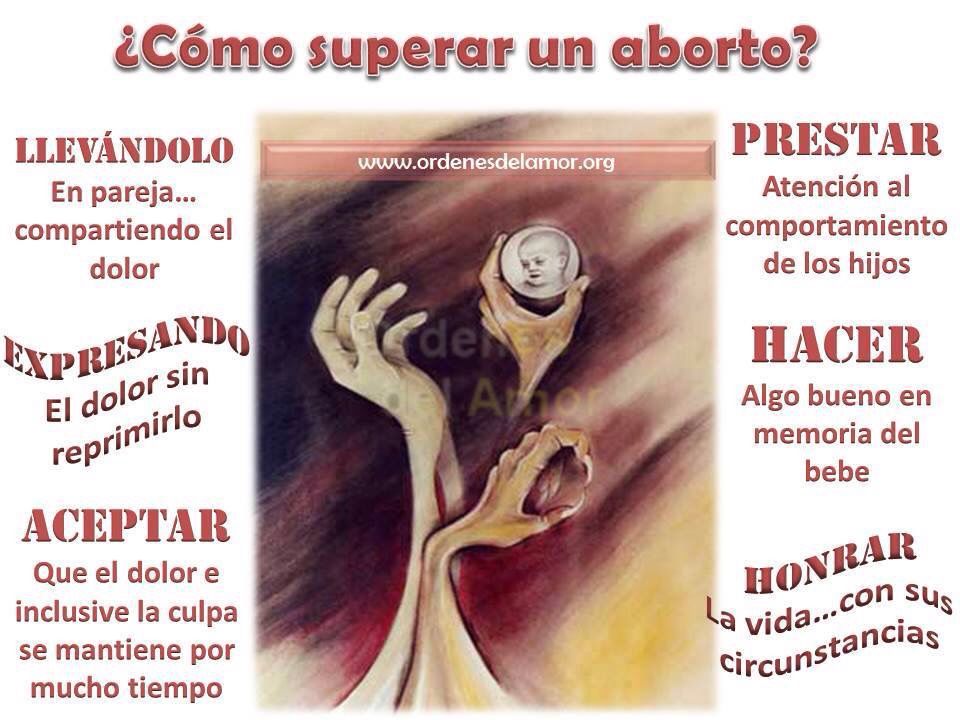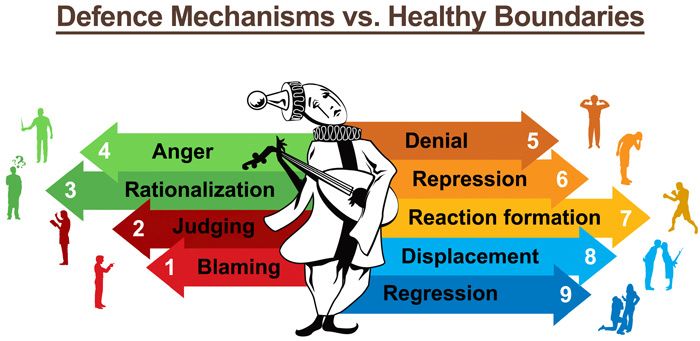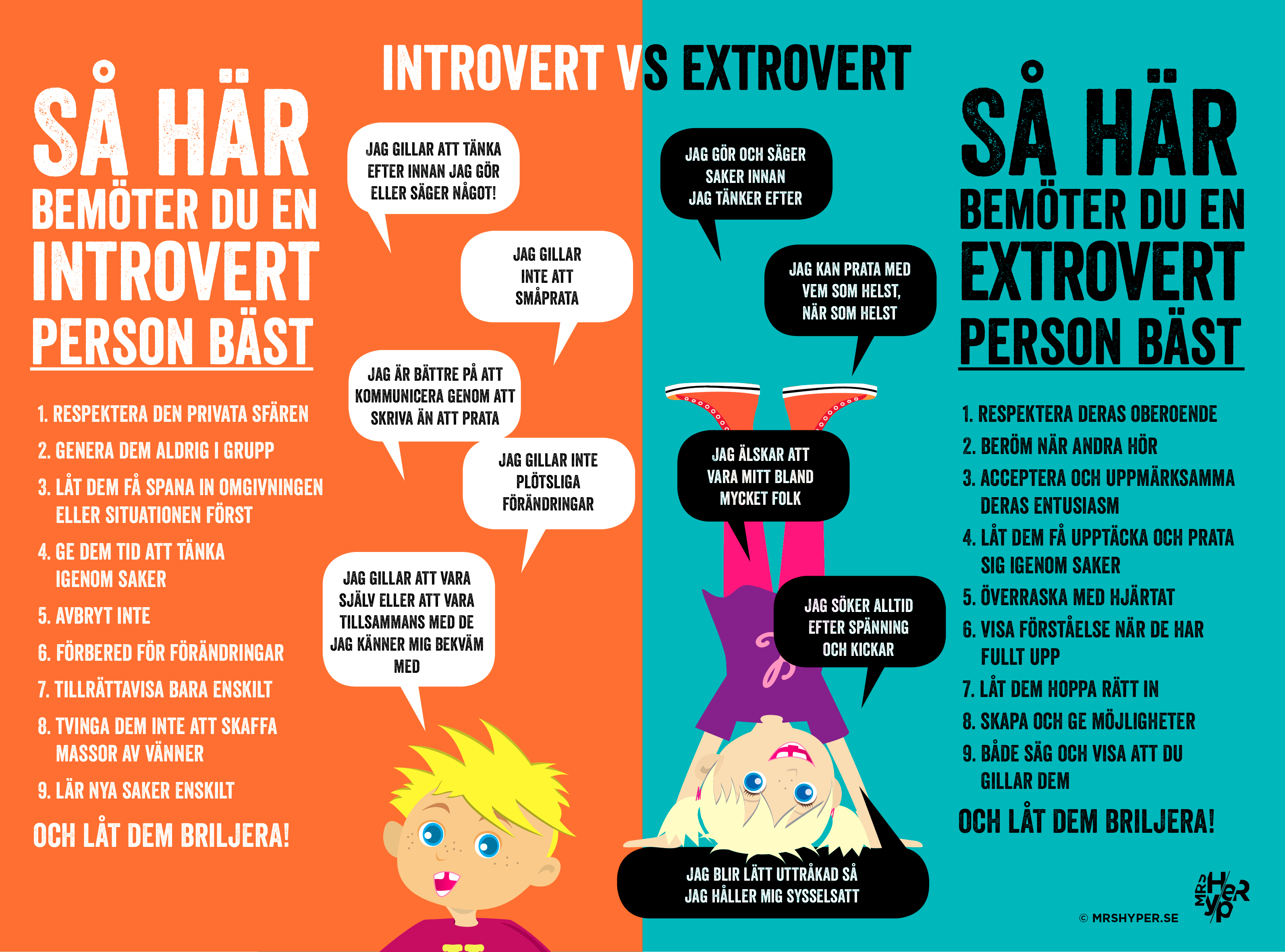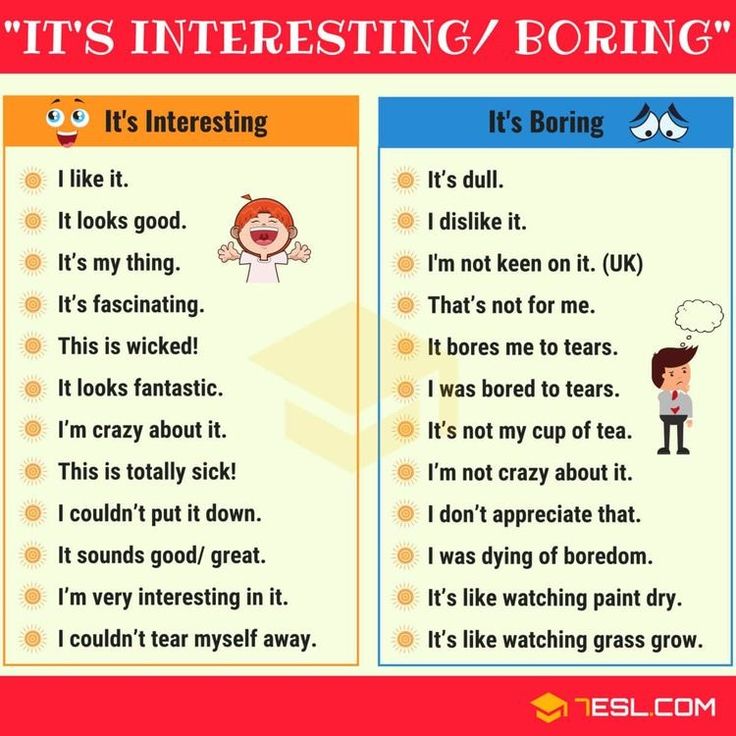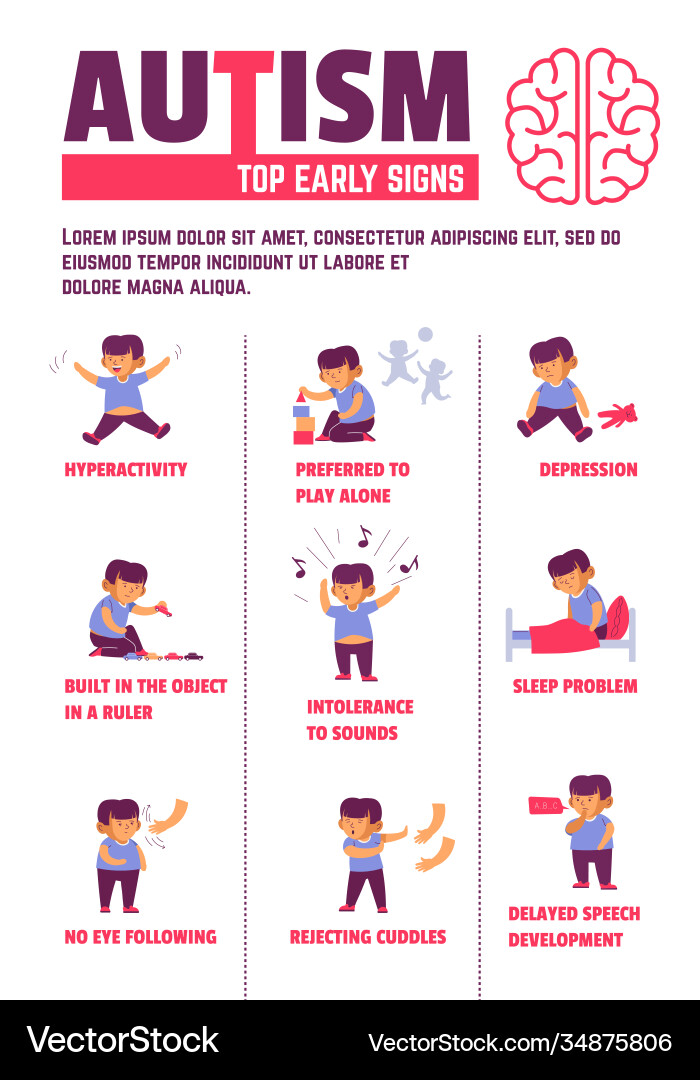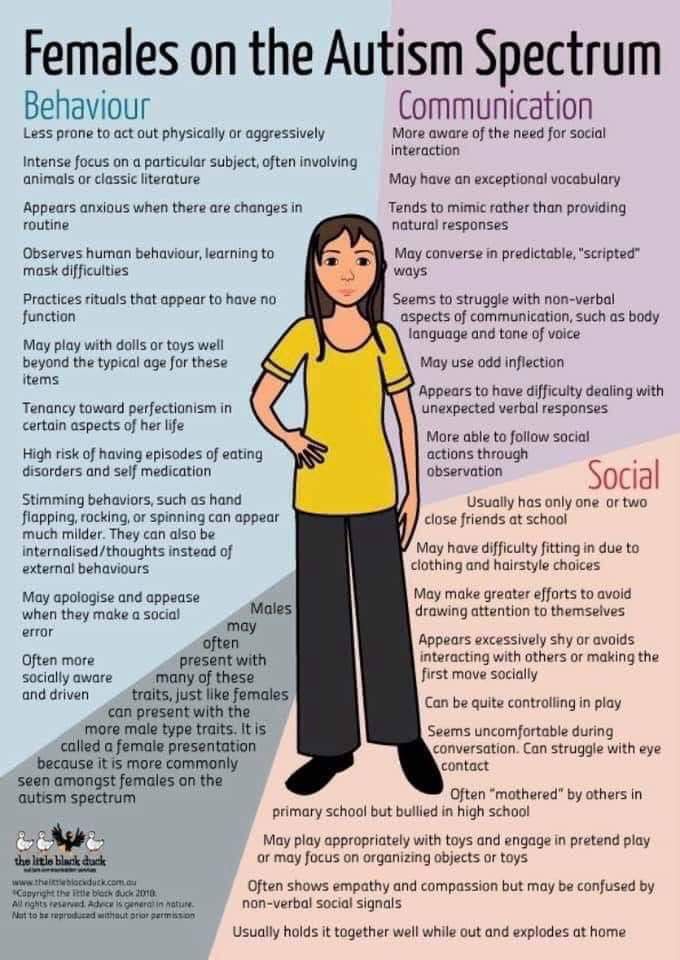See it in color
EnChroma® Color Blind Glasses | Cutting-Edge Lens Technology
CHRISTMAS DOESN'T
HAVE TO BE UGLY
COLOR BLIND VISION
— HOLIDAY SALE —
WRAP YOUR HOLIDAYS IN COLOR
SAVE UP TO 40%
GET COLOR
ENCHROMA LENS TECH
SCIENTIFICALLY
PROVEN TO HELP
SEE COLOUR
Study reveals stimulation of colour vision
functions in brain's cerebral cortex.
SHOP NOW
FINDINGS IN RESEARCHES
CONDUCTED BY
SCIENTIFICALLY PROVEN
TO HELP SEE COLOR
Study reveals stimulation of color vision
functions in brain's cerebral cortex.
SHOP NOW
FINDINGS IN RESEARCHES CONDUCTED BY
Groundbreaking Research Reveals the Power of EnChroma Technology
STIMULATES BRAIN'S
COLOR VISION CENTER
IMMEDIATE AND LONG
LASTING IMPROVEMENT
IMPROVEMENT
AFTER 6 MONTHS
Read More
Shop Color Blind Eyewear
Find color blind glasses based on the type of color blindness.
DEUTAN
Mild, Moderate, and Strong
SHOP NOW
PROTAN
Mild, Moderate, and Strong
SHOP NOW
Outdoor Collection: Recommended first pair for color impact in sunlight Indoor Collection: Ideal second pair or to buy with outdoor for color 24/7
Groundbreaking Research Reveals
the Power of EnChroma Technology
STIMULATES BRAIN'S
COLOR VISION CENTER
IMMEDIATE AND LONG
LASTING IMPROVEMENT
IMPROVEMENT
AFTER 6 MONTHS
Read More
Shop Color Blind Eyewear
Find color blind glasses based
on the type of color blindness.
DEUTAN
Mild, Moderate, and Strong
SHOP NOW
PROTAN
Mild, Moderate, and Strong
SHOP NOW
Outdoor Collection: Recommended first pair for color impact in sunlight
Indoor Collection: Ideal second pair or to buy with outdoor for color 24/7
What's the EnChroma Difference?
EnChroma's patented lens technology makes colors visible so you can see the vibrancy of reds and oranges, blues and purples or more vibrant greens.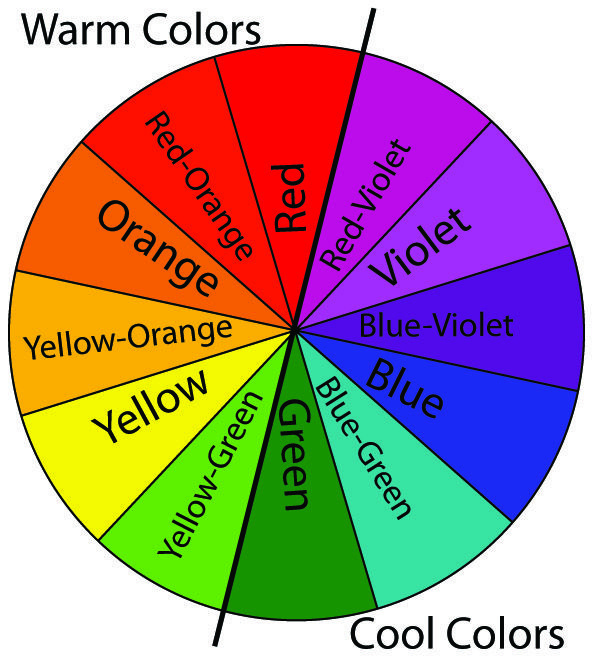
EnChroma Lens Technology
EnChroma lenses provide color improvement to help appreciate actual COLORS
Other Color Blind Glasses
Other color blind lenses SHIFT colors without allowing you to see truer colors
Our customers love how EnChroma's groundbreaking color blind lens technology makes
the world a more vibrant and colorful place, and we guarantee you'll love it too.
60-DAY MONEY BACK GUARANTEE
FREE SHIPPING & RETURNS
2 YEAR WARRANTY
Our Best Sellers
FOR MILD, MODERATE & STRONG
DEUTAN COLOR BLINDNESS
Sold out
Available in Rx
Rockridge
Sold out
Available in Rx
FOR MILD, MODERATE & STRONG
PROTAN COLOR BLINDNESS
Sold out
Available in Rx
Summit
Sold out
Available in Rx
What's the EnChroma Difference?
EnChroma's patented lens technology makes colors visible so you can see the vibrancy of reds and oranges, blues and purples or more vibrant greens.
EnChroma Lens Technology
EnChroma lenses provide color improvement to help appreciate actual COLORS
Other Color Blind Glasses
Other color blind lenses SHIFT colors without
allowing you to see truer colors
Our customers love how EnChroma's groundbreaking color blind lens technology makes the world a more vibrant and colorful place, and we guarantee you'll love it too.
60-DAY MONEY BACK GUARANTEE
FREE SHIPPING & RETURNS
2 YEAR WARRANTY
Our Best Sellers
FOR MILD, MODERATE & STRONG
DEUTAN COLOR BLINDNESS
Sold out
Available in Rx
Rockridge
Sold out
Available in Rx
FOR MILD, MODERATE & STRONG
PROTAN COLOR BLINDNESS
Sold out
Available in Rx
Summit
Sold out
Available in Rx
Test Your Color Vision
Find out your type or if you're color blind in 2 minutes.
We'll match your result to the best glasses for you.
START THE TEST
For kids 5+: Take the test in shape mode.
Test Your Color Vision
Find out your type or if you're color blind in 2 minutes.
We'll match your result to the best glasses for you.
START THE TEST
For kids 5+: Take the test in shape mode.
People ❤️ EnChroma
People ❤️ EnChroma
COLOR ACCESSIBILITY PARTNERS:
See the full list
AS FEATURED IN:
COLOR ACCESSIBILITY PARTNERS:
See the full list
AS FEATURED IN:
The EnChroma Promise
60-DAY MONEY BACK GUARANTEE
FREE SHIPPING & RETURNS
2 YEAR WARRANTY
The EnChroma Promise
60-DAY MONEY BACK GUARANTEE
FREE SHIPPING & RETURNS
2 YEAR WARRANTY
Do Cats See Color? | VCA Animal Hospital
When you look at a rainbow in the sky, you see shades of red, orange, yellow, green, blue, indigo, and violet.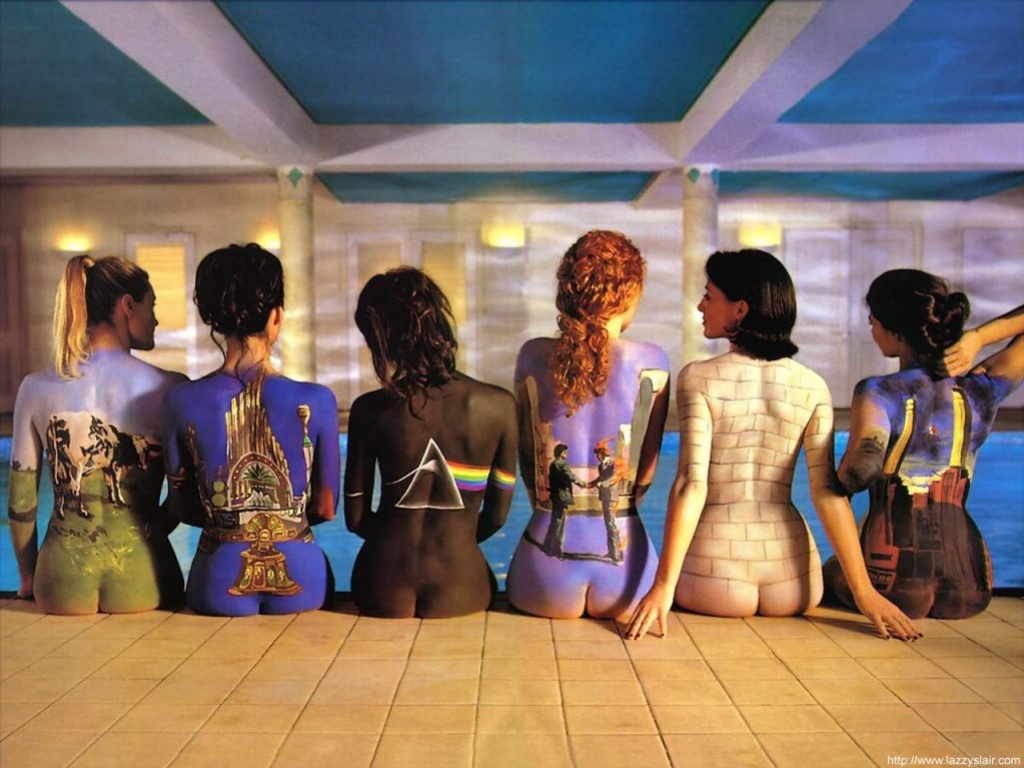 Do you ever wonder what your cat sees when he looks at a rainbow? Can your feline friend distinguish the same range of color that you do? Does he see bands of black and white? Do the colors look blurred?
Do you ever wonder what your cat sees when he looks at a rainbow? Can your feline friend distinguish the same range of color that you do? Does he see bands of black and white? Do the colors look blurred?
How cats see color is a long-standing topic of research and the results are pretty amazing. While cats cannot appreciate all of the colors that humans do, their world is not entirely black and white. In fact, cats live in a pretty colorful world.
What makes a color so “colorful?”Color is discerned by the nerve cells in the eye. The retina of the eye has two main types of cells--rods and cones. The ability to differentiate colors is determined by the presence of the special color sensitive cells called “cones.” Human and feline eyes have three types of cones that can identify combinations of red, blue, and green. But because humans have 10 times more cones than cats do, humans appreciate more color variations than cats. In scientific observations, cats do not appear to perceive the full range of colors that humans can.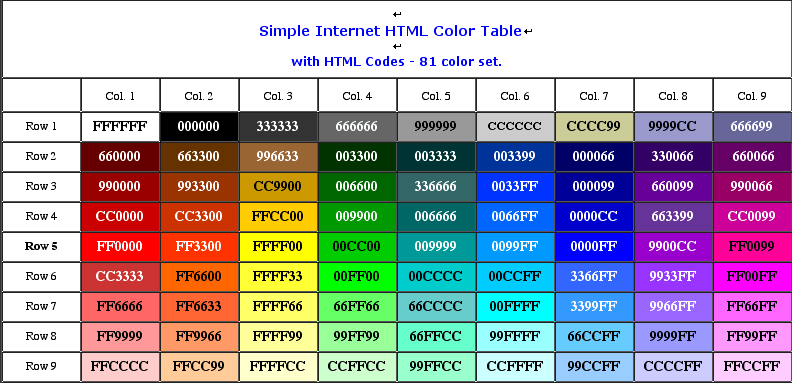 Some scientists believe that cats see only blue and gray, while others think they see also see yellow like their canine counterparts.
Some scientists believe that cats see only blue and gray, while others think they see also see yellow like their canine counterparts.
Just because cats do not appreciate the entire spectrum of color that humans do, that does not mean they are unable to perceive different colors. They just may not see the “true” color of an object. They are also less sensitive to changes in brightness, so they do not have the ability to perceive color in the rich, vibrant tones that we do.
In addition to color perception, felines and humans have other visual differences. In some respects, feline vision is not as acute as human vision. Cats are more near-sighted than we are. When looking at an object from the same distance, the object may appear crisp to us, but blurred to our cats. For example, if a human sees an object clearly from a distance of 100 feet, it will appear blurry to a cat. In fact, the object will not appear sharp until the cat is much closer to it, about 20 feet away.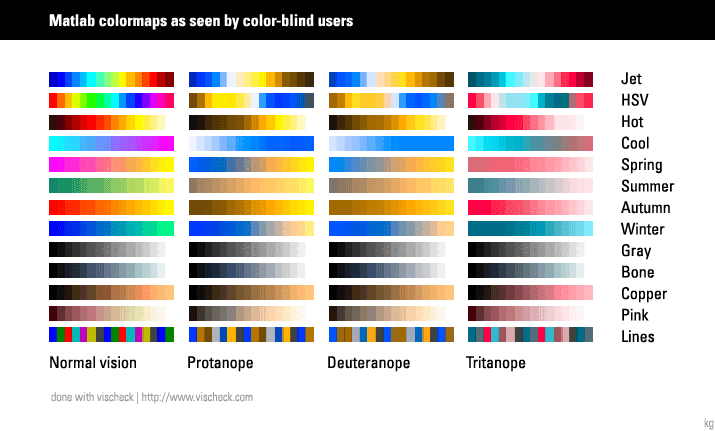
To compensate for these minor deficiencies, felines have other visual advantages. Cats have eyes that are set more on the sides of the head, which allows them a broader range of peripheral vision than we have. The trade-off is a smaller range of visual acuity so cats do not have the depth perception that we do.
Also, cats have elliptical pupils that dilate maximally, allowing them to capture as much light as possible. They also have reflective cells under the retina, which form the tapetum. The tapetum gives cats the “shiny eye” appearance and also improve a cat's ability to see in dim light.
"When compared to humans, cats see better in dim light (dusk and dawn) and more accurately detect motion."
Cats also have more rod cells in the retina than their human friends. Rods are responsible for detecting motion, even small movements at great distances. So, when compared to humans, cats see better in dim light (dusk and dawn) and more accurately detect motion.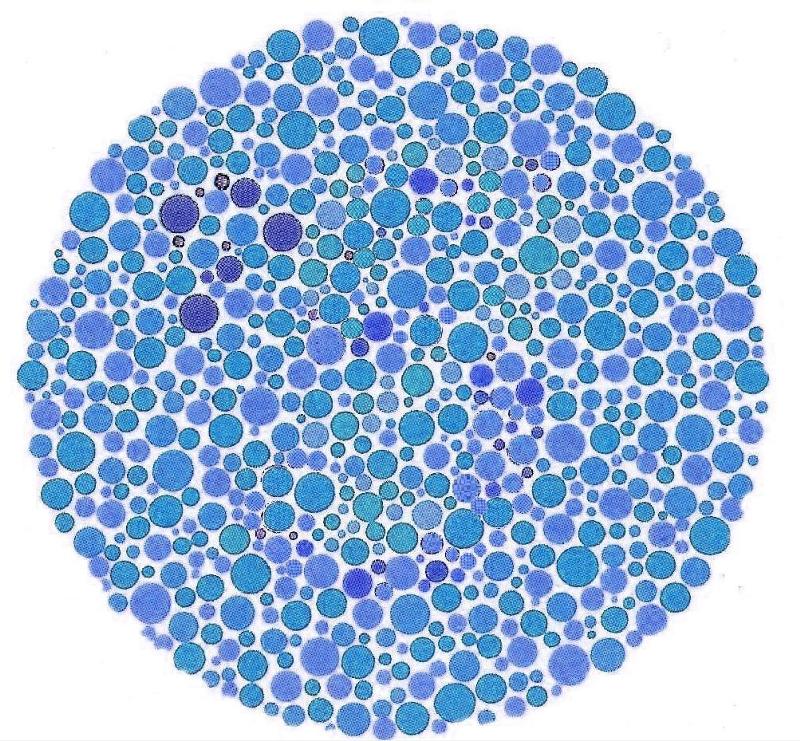
Cats are equipped with the visual accommodations that allow them to survive and thrive in the wild. Seeing well in dim light and picking up slight movements in the forest at great distances improve the cat’s hunting ability. These assets also help a cat know when he is the prey and needs to flee.
Knowing how and what your cat can see will help you make good choices for him. For example, you should keep your cat’s color range in mind when shopping for toys. He will enjoy yellow and blue toys more than red ones. And you’ll understand why he suddenly becomes alert while sitting on the windowsill as he hones in on a bird flying 50 yards away. You’ll also know that to get his complete attention, you should stand directly in front of him where his range of visual acuity is greatest.
"Your cat will enjoy yellow and blue toys more than red ones."
And the next time you are lucky enough to be graced with a rainbow in the sky, rest assured that your cat can enjoy it, too.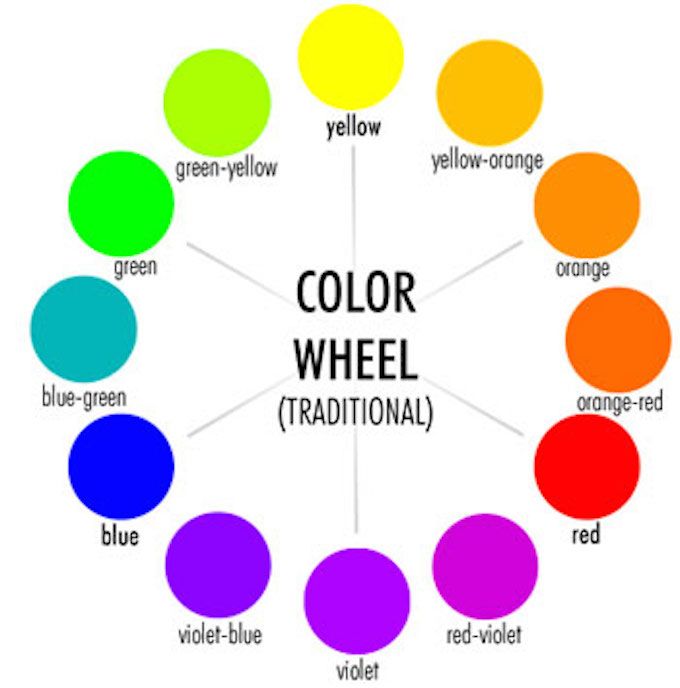 He won’t see ALL the colors of the rainbow, but he may see a bit of yellow and blue. And that will be just fine for him!
He won’t see ALL the colors of the rainbow, but he may see a bit of yellow and blue. And that will be just fine for him!
What is synesthesia and why blue can smell like raspberries - T&P
Parallels between different sensations have interested artists and scientists since antiquity. Aristotle discussed the possibility of a “common feeling” in his treatise “On the Soul”, Goethe and Leibniz were interested in comparing scales and palettes, and the French scientist Louis Bertrand Castel designed a color-musical organ long before Scriabin’s avant-garde experiments. But over time, it turned out that "color hearing" is only a particular and most common manifestation of a mysterious phenomenon - synesthesia. T&P learned, as neuroscientists explain it, whether synesthesia is inherited and what benefits “mixed feelings” can bring.
What is it
Synesthesia is a special way of perception, when certain states, phenomena, concepts and symbols are involuntarily endowed with additional qualities: color, smell, texture, taste, geometric shape, sound tone or position in space. These qualities are illusory: the sense organs that are usually responsible for their appearance do not participate in synesthetic perception. At the same time, feelings seem to mix: a person can see or touch a sound, hear a color, feel the texture or geometric shape of a melody, and so on.
These qualities are illusory: the sense organs that are usually responsible for their appearance do not participate in synesthetic perception. At the same time, feelings seem to mix: a person can see or touch a sound, hear a color, feel the texture or geometric shape of a melody, and so on.
This "cross" perception can manifest itself in two ways. More intense - when the synesthetic actually sees or feels colors, smells and other additional qualities in parallel with the usual sensations from objects. But there is also a soft option - "associative". when a person has persistent associations to a certain stimulus, but as abstract knowledge, and not real physical sensations. The difference between such associations and the usual game of imagination lies in their fixity: for example, a person throughout his life associates the number "7" with yellow, and Mozart's music with an oval, no matter in what context he encounters them.
Types of synesthesia
“The black-brown group consists of: thick, without Gallic gloss and the letter A, strong rubber G, Zh — different from the French J, like bitter chocolate from milk chocolate, as well as dark brown, polished Y.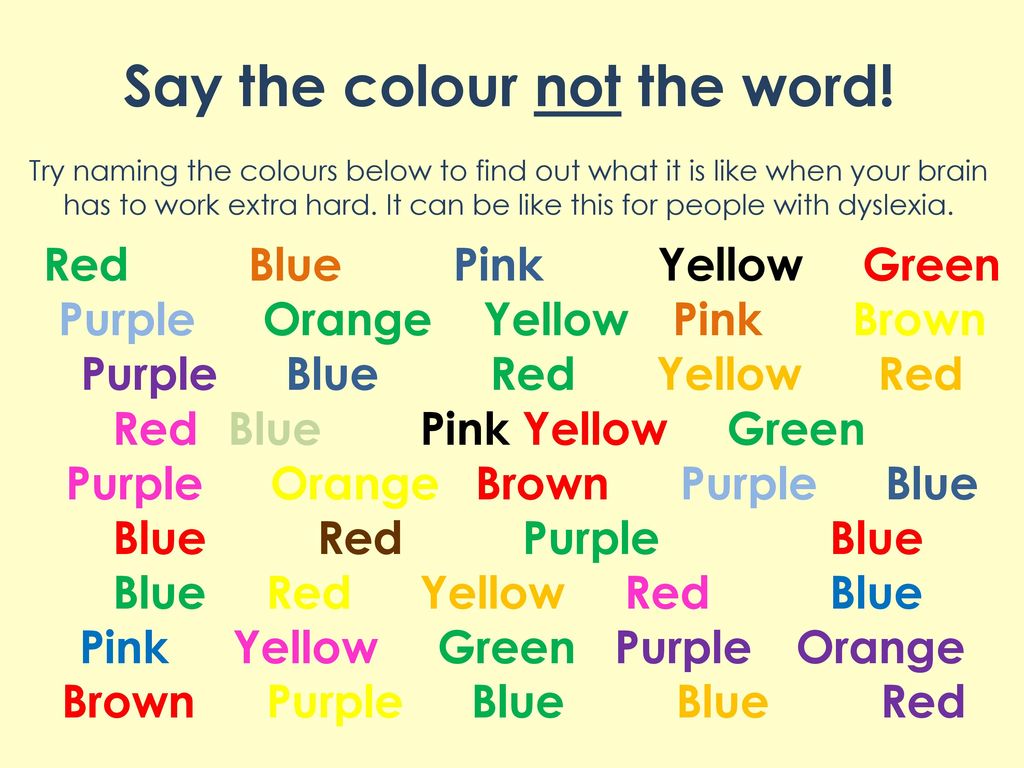 In the whitish group, the letters L, N, O, X, E represent, in that order, a rather pale diet of vermicelli, Smolensk porridge, almond milk, dry bread and Swedish bread.
In the whitish group, the letters L, N, O, X, E represent, in that order, a rather pale diet of vermicelli, Smolensk porridge, almond milk, dry bread and Swedish bread.
This is how the synesthetic Nabokov described his feelings from the letters of the Russian and French alphabets in his autobiographical story “Other Shores”. A modern study by University of California professor Sean Day showed that grapheme-color associations (“letter-color” or “number-color”) are the most popular type of synesthesia: it was found in 62% of the surveyed synesthetics (a total of 9 people took part in the study).31 people). In second place is the connection between periods of time and colors: 21% of respondents gave different shades to the days of the week and months of the year. In third place are associations between musical sounds and colors. However, "color hearing" in its basic form is characteristic of most people: we are all capable of dividing music into "bright" and "gloomy". But in the course of his research, Day also found very strange cases: some people endow geometric shapes with a smell, and pain sensations with color.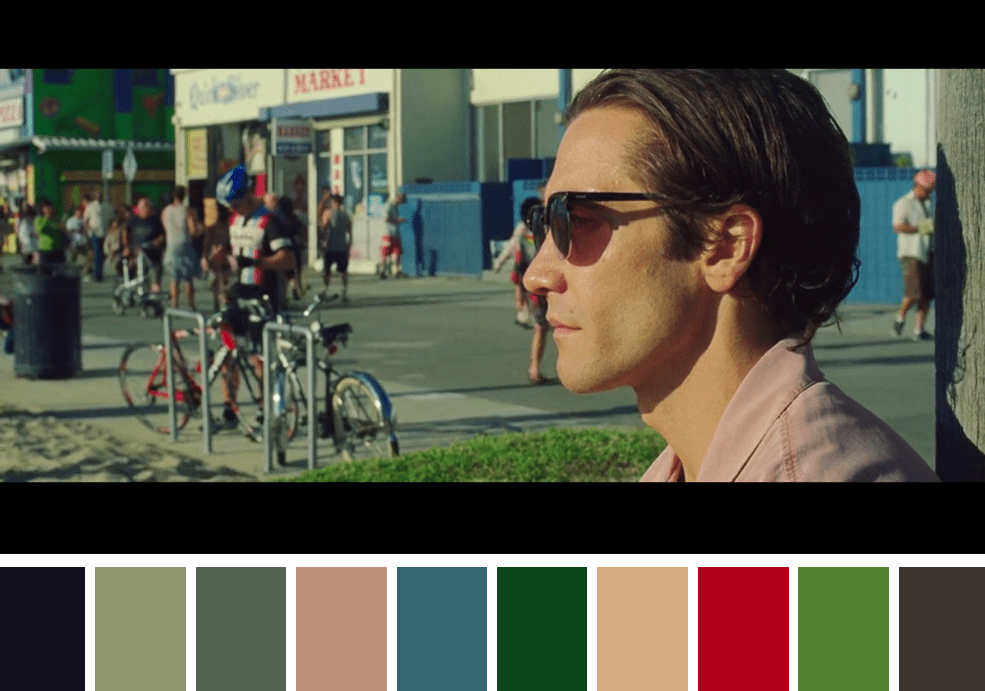 Some lucky ones even experience a “colored” orgasm.
Some lucky ones even experience a “colored” orgasm.
Why is this happening
Neuroscientists still have not come to a common point of view on this matter. According to one version, the nerve pathways in the brain of a synesthetic for some reason lose their myelin sheath, which plays the role of an insulator and prevents the scattering of nerve impulses. As a result, neurons responsible for different sensory impressions begin to spontaneously exchange electrical impulses, and strange relationships between sensations arise in the human mind.
"Franz Liszt once shocked the musicians of the Weimar orchestra with a request to 'play a little less rosy', apparently not realizing that not everyone shared his perception of sound."
According to the second version, in early childhood we were all synesthetics: hypothetically, there may be "neural bridges" in the baby's brain that support connections between different senses. And if the hypothesis is correct, then the colors, images, sounds and smells in the perception of the baby are merged into one rich, chaotic whole - but with age, these connections are destroyed and our sensations become clearer. And for a small percentage of people, these "bridges" remain throughout their lives.
And for a small percentage of people, these "bridges" remain throughout their lives.
But the most popular hypothesis is the cross-activation model. According to her, there is cross-activation between two adjacent areas of the cerebral cortex responsible for different sensations. For example, the area responsible for the perception of geometric shapes is dependent on the area responsible for the perception of sound. This may be due to the occurrence of abnormal connections between neurons or the malfunctioning of neurotransmitters.
According to this model, synesthesia is an innate human quality caused by gene mutation. And it can be inherited - which is confirmed by Nabokov's biography: he inherited the color perception of letters from his mother and passed it on to his son. But it is worth emphasizing that only the ability of "mixed perception" is inherited: this does not mean, for example, that the same sounds in parents and children will be associated with the same colors.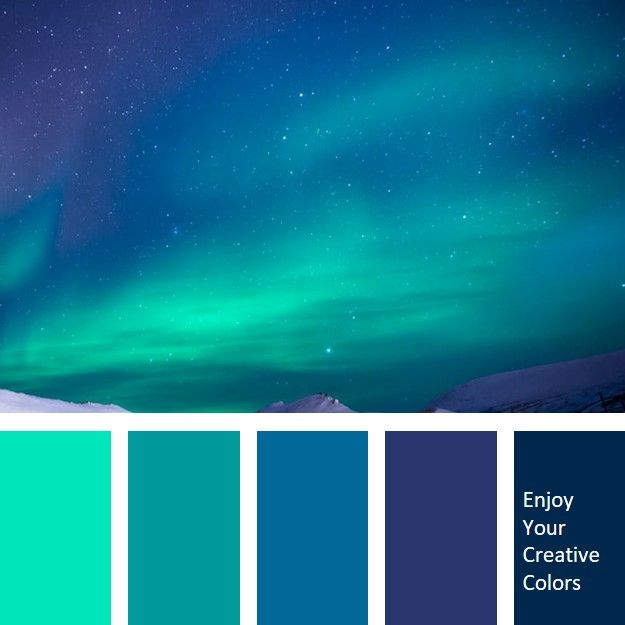
However, there are skeptics who believe that synesthesia is just a kind of metaphorical thinking, the ability to creatively draw parallels between different things. To one degree or another, such thinking is common to all people and has its own patterns: for example, we usually associate sadness with the colors of the cold spectrum, and the sound of the double bass seems “heavy” to us. But this theory does not explain all the oddities of synesthetic perception - after all, such parallels require at least a remote similarity between the compared objects. And in the mind of a synesthetic, the color of a word may, for example, conflict with the color of the object it denotes. The word "sea" can be perceived as red, and the word "sunset" as green, contrary to the real sensory experience of a person associated with these concepts.
Synesthesia is an involuntary phenomenon: it is unlikely that a person will "unsee" the colors of notes or stop smelling the days of the week at will.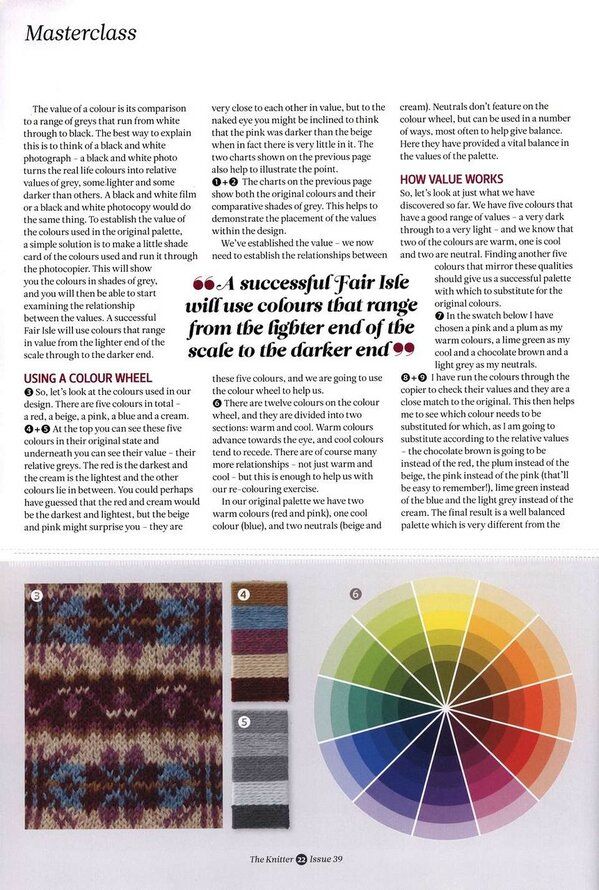 Just as unlikely is the chance of becoming a true synesthetic in mid-life. The experience of synesthesia (most often, various sensory associations with musical sounds and rhythms) can give psychedelics - but such experiences, as a rule, end with the action of the drug.
Just as unlikely is the chance of becoming a true synesthetic in mid-life. The experience of synesthesia (most often, various sensory associations with musical sounds and rhythms) can give psychedelics - but such experiences, as a rule, end with the action of the drug.
However, medicine knows rare cases when, due to a violation of certain processes in the brain, a person acquired synesthetic abilities. The most notorious story happened to a forty-five-year-old resident of Toronto. In 2007, a man suffered a stroke, and 9months later, he began to experience strange sensations: words written in a certain color began to annoy him, blue began to be associated with the smell of raspberries, and at the sounds of the main theme from the Bond films, the Canadian fell into real ecstasy - although he was by no means a fan of Ian Fleming. Frightened, the man turned to the doctors. An MRI scan helped to find out the cause: the patient's brain, which had suffered a stroke, was trying to recover by forming chaotic connections between neurons.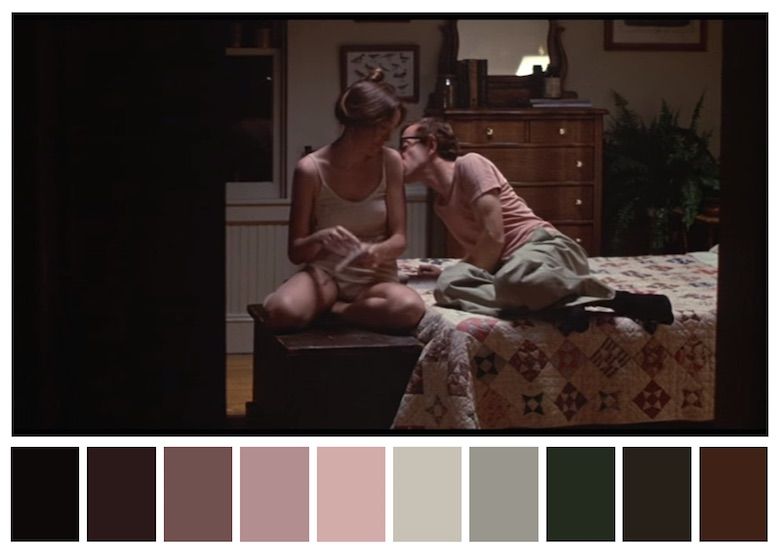
The life of a person who needs only a couple of notes from the James Bond soundtrack for euphoria is not without charm. Although there are also disadvantages - involuntary associations and sensations can interfere with concentration. But there are additional memorization mechanisms. Scottish psychologist Julia Simner, together with her colleagues, conducted an experiment - she asked a mixed group of synesthetics and ordinary people to recall the dates of a number of famous events 1950-2008 Synesthetists gave dates more accurately because their memories were reinforced by a wider range of associations. For some, grapheme-color synesthesia helps them write correctly - a perfect spelling mistake can be prompted by the “wrong” color of the word.
"Experiences of synesthesia can come from psychedelics - but such experiences tend to end with the effects of the drug."
Synesthesia can also help in creativity - although not all writers, artists and composers who are passionate about the topic of mixed perception really had the gift of synesthesia. In particular, the color-sound associations of Rimbaud, Kandinsky and Scriabin, according to the researcher Sean Day, were completely arbitrary fruits of their imagination. But Vladimir Nabokov, Van Gogh, Duke Ellington and Franz Liszt are recognized as real synesthetics. The latter once shocked the musicians of the Weimar orchestra with a request to "play a little less rosy" - apparently not realizing that not everyone shares his perception of sound.
In particular, the color-sound associations of Rimbaud, Kandinsky and Scriabin, according to the researcher Sean Day, were completely arbitrary fruits of their imagination. But Vladimir Nabokov, Van Gogh, Duke Ellington and Franz Liszt are recognized as real synesthetics. The latter once shocked the musicians of the Weimar orchestra with a request to "play a little less rosy" - apparently not realizing that not everyone shares his perception of sound.
However, synesthesia can only affect creativity to a certain extent—the associations it generates are much less flexible than those that arise from ordinary metaphorical thinking.
How to help science
There are official synesthetic associations and projects around the world that research this phenomenon. Any person who has discovered unusual features of perception in himself can take part in them.
Russian Synesthetic Society
Boston University Synesthesia Project
Synesthesia researcher Sean Day's website
Synesthesia testing website
What do you know about color
Color: what is it?
Color is a feature perception by the eye of different wavelengths of light.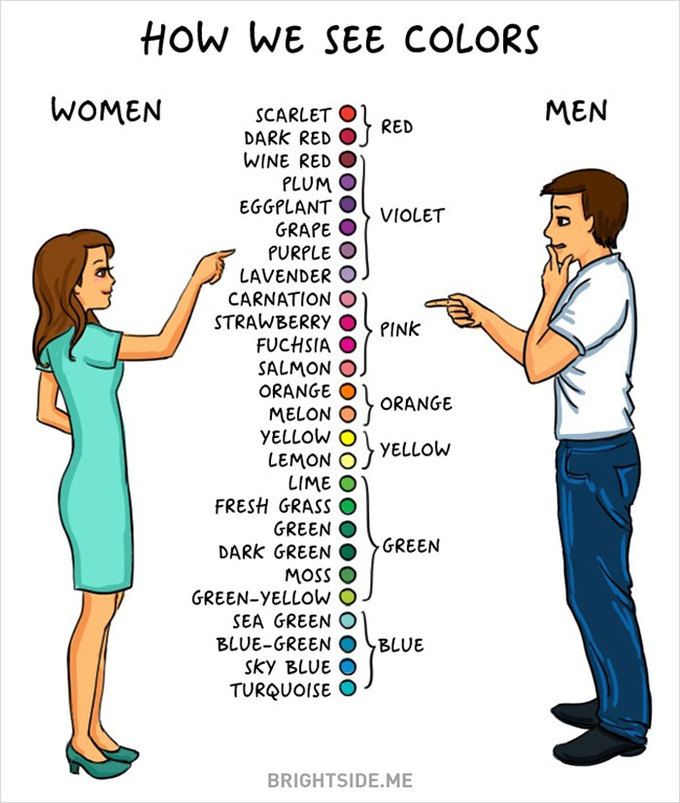 After perception by the human eye and brain waves of electromagnetic energy are converted into color sensations. But this physics. And what is real for each of us is color: mood, emotions, symbol, image, state... Can you imagine life without color? By the way, not all beings in this world see color. Dogs, for example, they see the world in green-yellow and blue-violet ranges. To me it seems that the ability of a person to see such a variety of colors is a special a gift of God that we take for granted and do not even understand how he priceless.
After perception by the human eye and brain waves of electromagnetic energy are converted into color sensations. But this physics. And what is real for each of us is color: mood, emotions, symbol, image, state... Can you imagine life without color? By the way, not all beings in this world see color. Dogs, for example, they see the world in green-yellow and blue-violet ranges. To me it seems that the ability of a person to see such a variety of colors is a special a gift of God that we take for granted and do not even understand how he priceless.
Color is life, and a world without colors seems dead to us. Colors are primordial concepts, children of the original colorless light and its opposite, colorless darkness. Just as flame produces light, so light produces color. Color is the child of light, and light is its mother. Light, as the first step in the creation of the world, opens its living soul to us through color
- Johannes Itten
Newton's rainbow
"Isaac Newton in the rainbow stream". Cardboard, oil. Ekaterina Popova-Gamayun
Cardboard, oil. Ekaterina Popova-Gamayun Color has been studied for centuries. Among Isaac Newton occupies a special place among numerous researchers of color. He experimented with glass prism and noticed the decomposition of light into a spectrum. Directing a beam of daylight light on a prism, he saw on the screen the various colors of the rainbow and singled out seven primary colors from them. These were such colors as red, orange, yellow, green, blue, indigo and violet. If the linear spectrum of a beam of light, consisting of 7 main - red, orange, yellow, green, blue, blue, violet - and 5 transitional arrange the colors around the circle, we get the color wheel. I wrote Newton in the rainbow stream. But, if you think about it, then, walking on a sunny day along the street, each of us is under the rays, and therefore in the rainbow.
Ekaterina Popova-GamayunGoethe's excellence
Johann Wolfgang Goethe, writer, poet, thinker, believed that in his time he was "the only one who knew the truth about the difficult science of colors.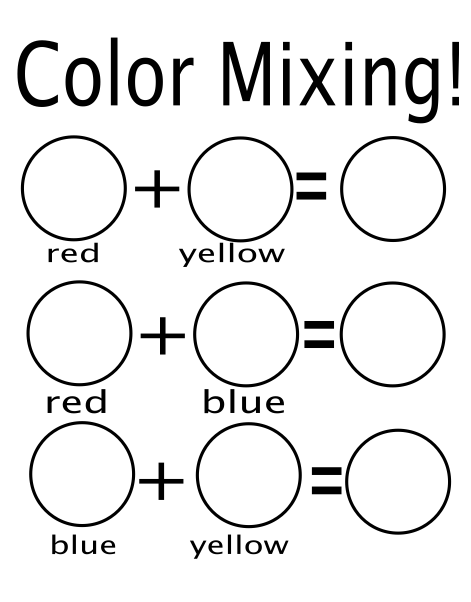 " “It gives me a sense of superiority over many,” he wrote. The author of Faust did not agree with Newton's color theory. He was looking for the principle of color harmonization not in physical laws, but in the patterns of color vision. Goethe worked on his "Teaching about Color" for 20 years. The great thinker came to conclusion that a person's perception of contrasting color combinations leads him to subtle psychological states. In his book, he noted that the color affects the human body and also strongly affects his mental state. He also divided colors into positive and negative. And by the way, Goethe felt the "texture" of color and its "taste".
" “It gives me a sense of superiority over many,” he wrote. The author of Faust did not agree with Newton's color theory. He was looking for the principle of color harmonization not in physical laws, but in the patterns of color vision. Goethe worked on his "Teaching about Color" for 20 years. The great thinker came to conclusion that a person's perception of contrasting color combinations leads him to subtle psychological states. In his book, he noted that the color affects the human body and also strongly affects his mental state. He also divided colors into positive and negative. And by the way, Goethe felt the "texture" of color and its "taste".
When dark is offered to the eye, it demands light; he demands the dark when light is presented to him, and he manifests his vitality, his right to grasp the object by giving birth to something opposite to the object.
- I.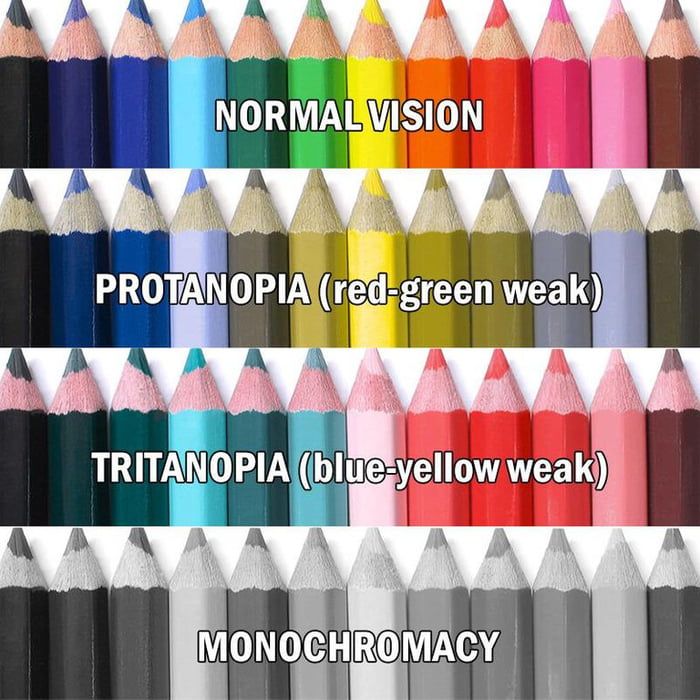 V. Goethe
V. Goethe
Vincent Color Enthusiasm Van Gogh
Vincent van Gogh felt the emotional impact of color. He endowed color with a special symbolic meaning and tried to comprehend the laws of the universe through color.
Vincent van Gogh in flowers. Cardboard, oil. Ekaterina Popova-GamayunVincent took colors like color fibers, weaved them, strengthening consonances or contrasts. As a result, he achieved the impossible: his canvases acquired a special rhythm and sound. He did not copy reality, but showed the world of electromagnetic waves invisible to the ordinary person.
Starry night over the Rhone by Vincent van Gogh In his letters he explained to his brother Theo that his hands, mind, eyes could never agree with nature, or with anything that others clearly saw. For Van Gogh, the world was a living, pulsating substance. For him sounds burst into color. At Vincent had a box of scraps of colored wool threads. He snatched out threads of different colors, applied them to each other.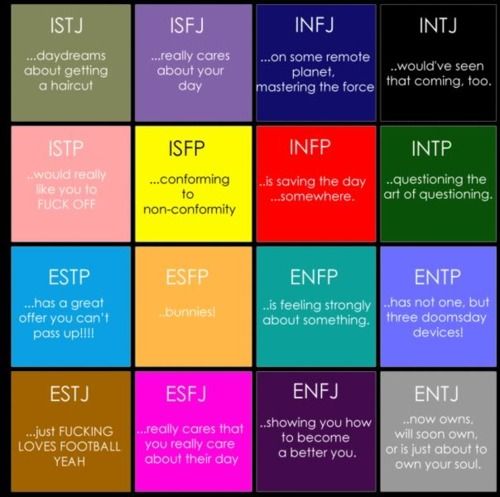 friend and saw the effect arising from the combination of certain colors. But when he transferred it to the canvas, there was a real magic of color.
friend and saw the effect arising from the combination of certain colors. But when he transferred it to the canvas, there was a real magic of color.
Color represents the enthusiasm of life
- Vincent van Gogh
The Art of Color by Johannes Itten
Johannes Itten — Swiss painter, art theorist and teacher at the Bauhaus. My book "The Art of Color " he devoted to the ability colors evoke feelings. Itten closed the rainbow in twelve-part ring, where the shades lying opposite each other received the name of the extras. These shades, placed side by side, create the maximum color contrast, and when mixed they give a rich range of muted shades.
"Johannes Itten in Complementary Colors". Cardboard, oil. Ekaterina Popova-Gamayun He identified seven color contrasts that the artist must learn to use to create the desired expressive effect. Some of these contrasts are as simple as the light-dark contrast that occurs when colors of different brightnesses are used together, or the hue contrast that can be seen when two different colors are used together. Itten's color wheel is the best tool for working with color for modern designers. Although Itten came up with a systemic theory of color, he also considered subjective colors, those that seem harmonious to a particular person, to be very important.
Itten's color wheel is the best tool for working with color for modern designers. Although Itten came up with a systemic theory of color, he also considered subjective colors, those that seem harmonious to a particular person, to be very important.
What is decisive in art is not expressive means, but a person with his own character and humanity. The first is the formation and development of personality, and then the possibility of creativity.
- Johannes Itten
Play of light. The nature of life
Everything that we see around us is the play of light. Vision is arranged in such a way that we perceive light rays that interact with different objects. Light beam or refracted, or reflected. We only see what reflected. But we do not see the color of the essence of what we look at. We see color reflected light. White color reflects the light falling on it and therefore it looks white. Black, on the contrary, absorbs all color waves. Red holds everything other colors and only reflects red and so on. And it's already more than just physics, it's about the nature of life. Think about it, color is not what it is is, but what he gives. What you reflect will be your color, then, what you hold will not be your color. And it's not just about color. If you radiate love, joy, kindness, then people will see you as happy, happy and kind person. If you are full of malice and hate and broadcast to those around her, people will see those emotions in you. If you hide, hold back some emotions in yourself, then, perhaps, no one will know about what you are. All, what you give is your quality. Black does not reflect anything, but holds everything, maybe that's why it's black.
Red holds everything other colors and only reflects red and so on. And it's already more than just physics, it's about the nature of life. Think about it, color is not what it is is, but what he gives. What you reflect will be your color, then, what you hold will not be your color. And it's not just about color. If you radiate love, joy, kindness, then people will see you as happy, happy and kind person. If you are full of malice and hate and broadcast to those around her, people will see those emotions in you. If you hide, hold back some emotions in yourself, then, perhaps, no one will know about what you are. All, what you give is your quality. Black does not reflect anything, but holds everything, maybe that's why it's black.
The color of objects comes mainly from the absorption of waves. The red vessel looks red because it absorbs all other colors of the light beam and reflects only red. When we say "this cup is red", what we really mean is that the molecular composition of the surface of the cup is such that it absorbs all light rays except red ones.The cup itself has no color, the color is created by lighting it
- Johannes Itten
Color hearing phenomenon
If color is a reflection of light, then how to explain the phenomenon of “color hearing”. Back in Ancient India has developed ideas about the relationship between music and color. Hindus believed that Each person has their own melody and color. Aristotle stated in a treatise "About the soul", that the ratio of colors is like musical harmonies. Phenomenon color vision of music was discovered by some outstanding musicians. The brilliant Russian composer N.A. Rimsky-Korsakov all keys of major and minor were seen painted in certain colors. A.N. Scriabin felt F major in red, D major is gold, and F-sharp major is blue. The composer created an artificial sound and color system. Each of these eminent masters saw their colors in the sounds of music. Franz Liszt once shocked the musicians of the Weimar orchestra with a request to "play a little less pink" - apparently not realizing that not everyone shares his perception of sound.
The mystery of sound and color
Great Sufi mystic and musician of the 20th century, Hazrat Inayat Khan, reflected on the mystery of sound and colors. What is there in sound and color that appeals to a person? He believed that "this tone and rhythm of color, as well as sound, which influence tone and rhythm our being. Our being is our ability to resonate in tone and rhythm, which comes from sound and color; this ability allows us to be subject to influence of sound and color. Color and sound affect a person in accordance with his condition, temperament and evolution; and the proof of this is that that a person often changes his passion for color. He said that one one period of life we are predisposed to one color, and at another time - to another. Some people like deep tones, while others are attracted to light ones. It depends on the temperament of people and the degree of their evolution. He also noted that "not only the degree of evolution causes a person to change his commitment to certain colors and tones, but also different colors and tones help him in his evolution.” Hazrat believed that there is a relationship between sound and color and they are two aspects of life. “Life and light are one; life is light and light is life, also color is sound, and sound is color. Only when sound is a color does it more visible and less audible, and when a color is a sound, it is more audible than we see."
He also noted that "not only the degree of evolution causes a person to change his commitment to certain colors and tones, but also different colors and tones help him in his evolution.” Hazrat believed that there is a relationship between sound and color and they are two aspects of life. “Life and light are one; life is light and light is life, also color is sound, and sound is color. Only when sound is a color does it more visible and less audible, and when a color is a sound, it is more audible than we see."
The phenomenon of synesthesia
It is interesting that "color hearing" is the most common manifestation of the mysterious phenomenon - synesthesia. Until recently, it was believed that the association color-smell only occurs in people diagnosed with synesthesia, a rare condition that is irrational connects one of our five senses, such as seeing sounds. And now scientifically proven: colors are associated with certain smells, which means that at the neurological level of all people, the most important unexplored processes.


